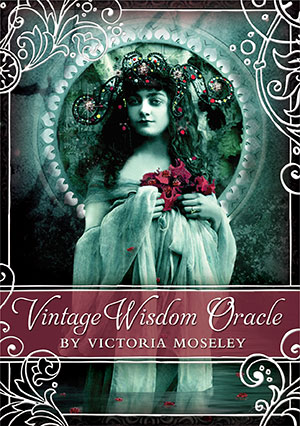Sometimes it takes that leap of faith–the jump into the abyss, not knowing where you are going to land, or even if there is anything to land on at all. Like the Fool in the Tarot, I feel like I am standing on the precipice with an entire journey ahead of me–but only after a terrifyingly big jump into the unknown.
2017 is off to a good start; things are running smoothly, life is going well. I have high hopes that this is going to be an expansive year of growth and discovery. I re-opened my Etsy shop after being closed for the holidays. It took a bit of courage to do it, to tell the truth. I had been feeling a bit discouraged, as there have been so few sales, and very little feedback on the sales that I’ve done. Nothing strikes doubt into you like not having a clue as to whether you’re doing a good job or not! My feedback from my clientele in the brick and mortar store where I practice has always been stellar, however, so it was time to put myself back out there.
Another goal I have for 2017 is to more diligently maintain my blog, my Facebook page, and to keep active on other forms of social media–Instagram and Twitter for example. It feels like a daunting task some days, but when I think about how very much I love Tarot, the effort really isn’t that much. Talking about Tarot, taking pictures, etc., is a lot of fun.
A big thing that is in the works is the start of a YouTube channel. I’ve just gotten all of my equipment, so I’m ready to get started as soon as my techno-challenged self can get it all sussed out. I’ve got a list of planned videos, and there will be some interesting things that I plan on putting out into the cyber-world.
At any rate, it’s good to be back, and I look forward to getting more out there in the coming weeks!





